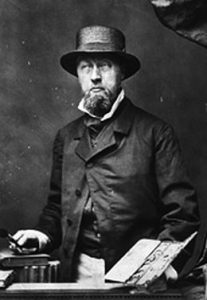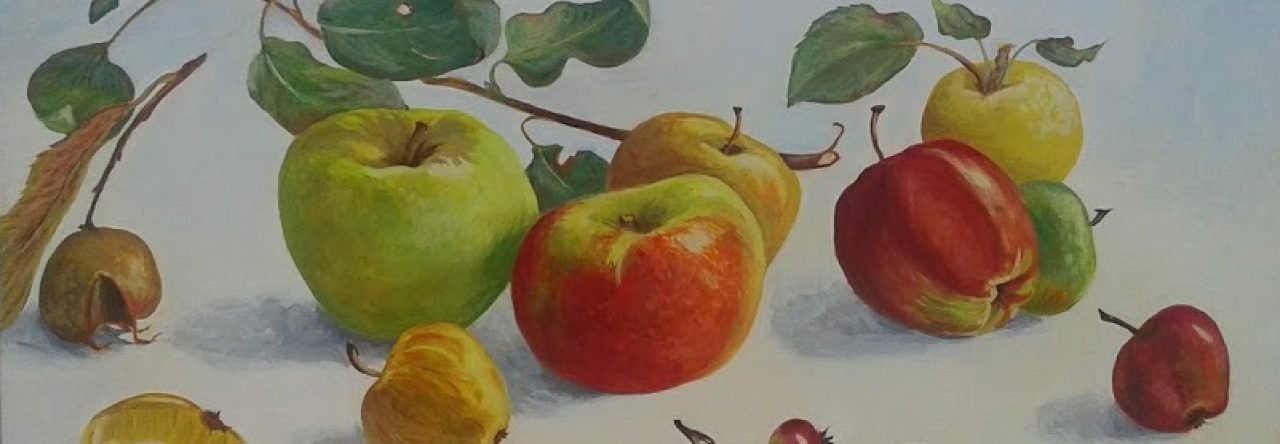
Johan Barthold Jongkind (June 3, 1819 – February 9, 1891) is a Dutch painter, watercolourist and engraver, considered as one of the precursors of Impressionism.Johan Barthold Jongkind is the eighth child of a peasant family. At the age of seventeen, he enters the Academy of Fine Arts in The Hague. He studies drawing and especially watercolour from nature.
In 1846, he settles down in Paris. He exhibits two canvases at the Salon of 1852.
Disappointed for not receiving a reward at the Salon of 1855, and subject to serious financial troubles, he leaves Paris and returns back to the Netherlands. He stays in Rotterdam. Meanwhile, the greater part of his work (a hundred), left in Paris, is put on sale. The result of the sale will pay off his debts.
In the 1860s, he works and exhibits with the painters of the Barbizon school. His taste for the sea attracts him on the Normandy coast, in Le Havre, Sainte-Adresse, Honfleur and Trouville, among others. In 1862 he makes the acquaintance of Eugene Boudin on whom he has a great influence. Either way, Claude Monet, he meets in 1862 during stays at the Ferme Saint-Siméon in Honfleur, acknowledged his debt to Jongkind: “I owe him the definitive education of my eye.” The Dutch artist will build a long friendship with these two painters. In 1863, he settles down in Honfleur. Its marinas and coastal scenes have a great freshness. Unlike the Impressionists, he executes his canvases in the studio after his drawings and his watercolours made outside.

Leave a Reply